Top 10 Muslim Dominated Countries in Africa
Description
Hello Displorers, Welcome back to another exciting Video and thanks for watching, In this video we shall be presenting the Top 10 Muslim Dominated Countries in Africa.
Islam made its entrance in Africa from Asia in the 7th century. Nearly one-third of the total Muslim population in the world can be found in Africa.
During the Hijrah, Muslims sought refuge in Ethiopia's territory having crossed Djibouti, Somalia, as well as Eritrea.
Most Muslims who reside in the continent observe Sunni Islam.
Islam in Africa is dynamic and complex, and it is constantly redefined by prevailing political, social, and economic conditions.
Islam enjoys a dominant presence in the Horn of Africa, much of West Africa, North Africa, and the Swahili Coast.Islam serve as the main Religion in 19 Africa Countries. Today the religion has however been met with resistance and criticisms in some nations of Sub-Saharan Africa.
If you are new here, Welcome Be sure to subscribe and turn on Notification so you don’t miss any of our videos.
About 48 percent of Africa’s population consists of Muslims and with that said, Here are the Top 10 muslim Dominated African countries.
10. Senegal, Percentage of Muslim Population 96%
Officially known as the Republic of Senegal, Senegal is a country located in West Africa.
It has a surface area of about 197,000 square kilometers.
Senegal is a Muslim dominated country, About 96% of Senegal's population are Muslims, and they mainly observe Sunni Islam of the Maliki school of thought featuring Sufi influences.
Islam has had followers in Senegal as far back as the 11th century.
Sufi brotherhoods gained prominence during French occupation as the population sought religious authority in place of colonial administration.
The major Sufi orders are the Mourides, Tijaniyyah, Pan-Islamic Qadiriyyah, and Layene. 95% of Senegal’s Muslims are participants of a Sufi brotherhood and the brotherhoods establish mosques although people are free to go to their preferred mosque.
Senegal has a population of about 15.842 Million people and about 15.264 million of the population of Senegal are muslim making Senegal take the 10th position with 96 percent.
9. Lybia, Percentage of Muslim Population – 97%
Approximately 97% of Libyans follow the Islamic faith and particularly the Sunni branch.
Islam took root in Libya’s urban regions in the 7th century, but it was not until the 11th century that invasions by Bedouin tribes facilitated the conversion of nomads.
The Islam observed in North Africa including in Libya feature native Berber beliefs.
Orthodox Islam was particularly favored by Muammar al-Gaddafi, under whose leadership Sharia law was reinstated, the highly symbolic purification of mosques was carried out, the modest dressing was embraced, and activities considered immodest were banned.
There exists a small minority of Shias and Ahmadis among Pakistani immigrants.
Lybia has a population of about 6.754Million people and about 6.551 Million people are Muslims making it 97 percent.
8. Sudan, Percentage of Muslim Population – 97.5%
The Muslim community in Sudan is estimated to be 97.5% of its population.
Muslims have a dominant presence in all of the regions except the Nuba Mountains region.
The Sunni Islam adhered to in Sudan has been profoundly influenced by Sufism.
Shia communities live in Khartoum.
Sudan has a population of about 40,825 Million people and 39.686 million are muslim.
The major divisions occur between Sufi brotherhoods, especially among Ansar and Khatmia.
Only the Darfur region has been spared of the existence of Sufi brotherhoods as found in other parts of Sudan.
The Arabs, Nubians, Beja, Fur, and Zaghawa are some of the ethnic Muslim communities in Sudan.
They are a blend of settlers from many areas: Iranian traders, mainland Africans, Arabs and Malagasy.

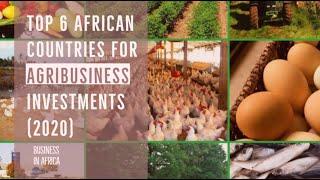
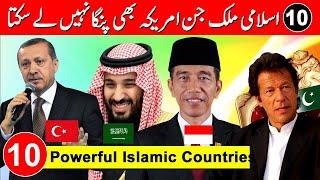
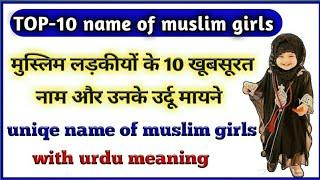
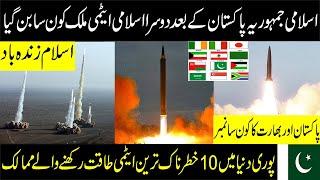
![Muslim Population by Country || TOP10 Muslim Countries [610-2021]](https://no-mar.com/uploads/thumbs/b6d2126ea-1.jpg)
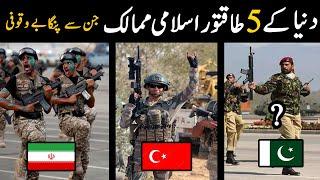
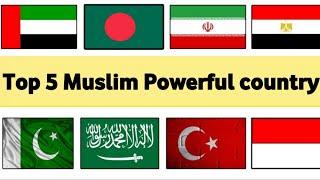
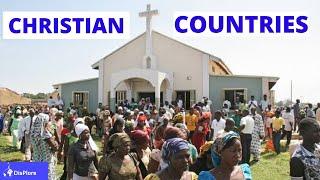
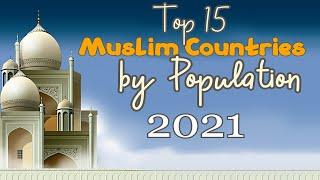
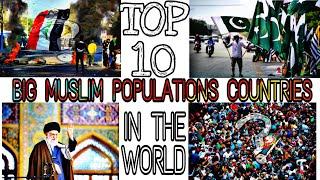
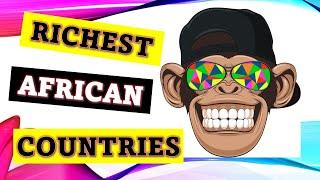
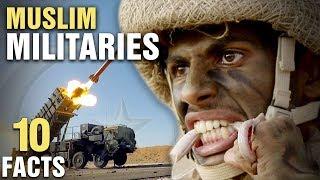
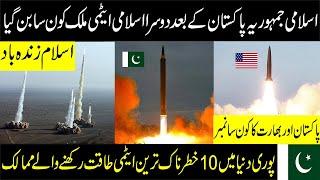
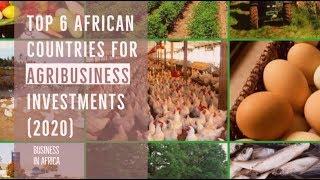
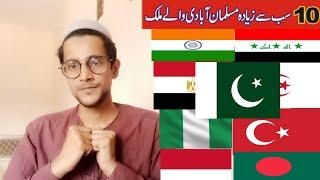




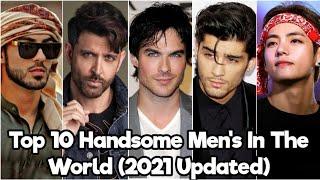
Comments